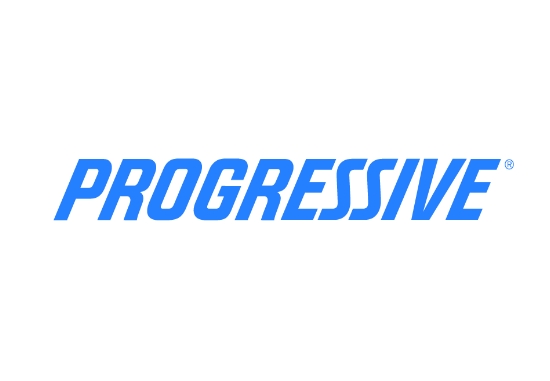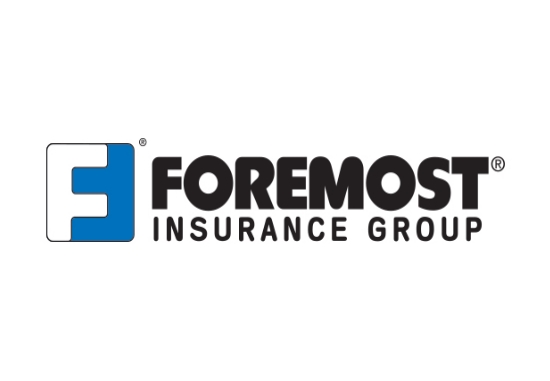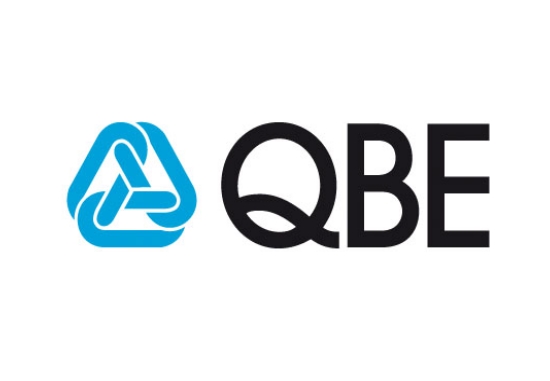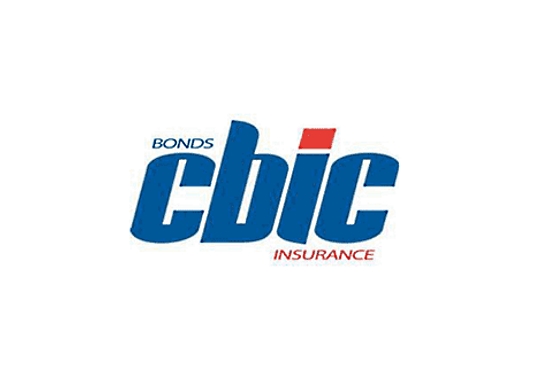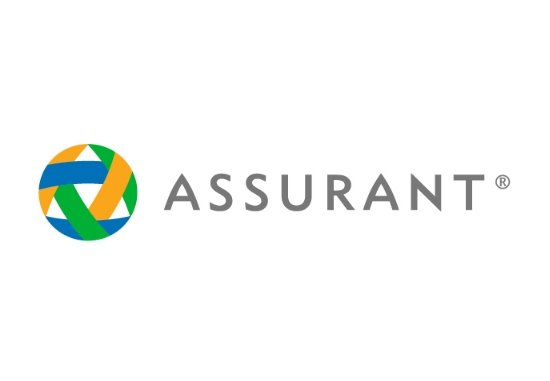How to Calculate Business Income for Insurance
We will search the top carriers for you for the best offer.
Business Income for Insurance
When buying business income (business interruption) insurance, accurately calculating your income exposure is essential. This ensures your policy covers potential loss of revenue and ongoing expenses during interruption.
1. What Is “Business Income” in Insurance Terms?
Business income refers to:
Net profit your business would generate if operations continued
Continuation of operating expenses, such as rent, payroll, and utilities
Additional expenses needed to resume operations (temporary relocation, overtime, expedited repairs)
The total helps set your maximum available benefit under a business interruption policy.
2. Steps to Calculate Your Insurable Business Income
Determine your average gross revenue—use prior-year records or projected sales.
Subtract normal variable costs (suppliers, direct expenses).
Add fixed operating expenses that continue during downtime.
Identify extra expenses—non-routine costs to restore business operations.
If your income fluctuates, calculate a percentage-based average (e.g. 12-month rolling average).
3. Example Calculation
| Component | Annual Amount |
|---|---|
| Gross revenue (annual) | $1,200,000 |
| Variable expenses (30%) | – $360,000 |
| Operating expenses (fixed) | + $200,000 |
| Extra recovery expenses | + $50,000 |
| Total insurable income | $1,090,000 |
This figure becomes your coverage limit—or loss period multiplied by monthly average revenue.
4. Key Factors That Affect the Result
Indemnity period: The maximum length you can claim (e.g. 12, 18, or 24 months).
Waiting period: Days before benefits begin (typically 48–72 hours).
Actual loss sustained vs. gross earnings: Two methods insurers use to calculate payout.
Business seasonality: Factor in busy and slow months when averaging.
Contingent income coverage: Adds protection if suppliers or clients are disrupted.
5. Pro Tips to Fine-Tune Your Estimate
Use historical financial statements for accuracy.
Consider worst-case disruption scenarios when determining limits.
Review fixed costs—especially lease, employee wages, and loan payments.
Ask your insurance agent to explain definitions and exclusions.
Consider consulting an accountant or loss assessment professional.
Final Takeaway
To calculate your business income for insurance coverage:
Estimate average gross revenue
Subtract variable costs
Add fixed operating and recovery expenses
Confirm policy terms like indemnity and waiting periods
This ensures your business interruption insurance will offer realistic and sufficient protection.
Need help estimating your business income exposure or designing the right coverage?
With 30+ years of expertise and access to nearly 100 carriers, THAgency can walk you through calculations and tailor a policy that fits your business needs. Send us your request today—efficient, accurate, and no obligation.
Related Posts
Get a Right Insurance For You
SHARE THIS ARTICLE
We will compare quotes from trusted carriers for you and provide you with the best offer.
Protecting your future with us
Whatever your needs, give us a call, have you been told you can’t insure your risk, been turned down, or simply unhappy with your current insurance? Since 1995 we’ve been providing coverage to our customers, and helping people across United States.

